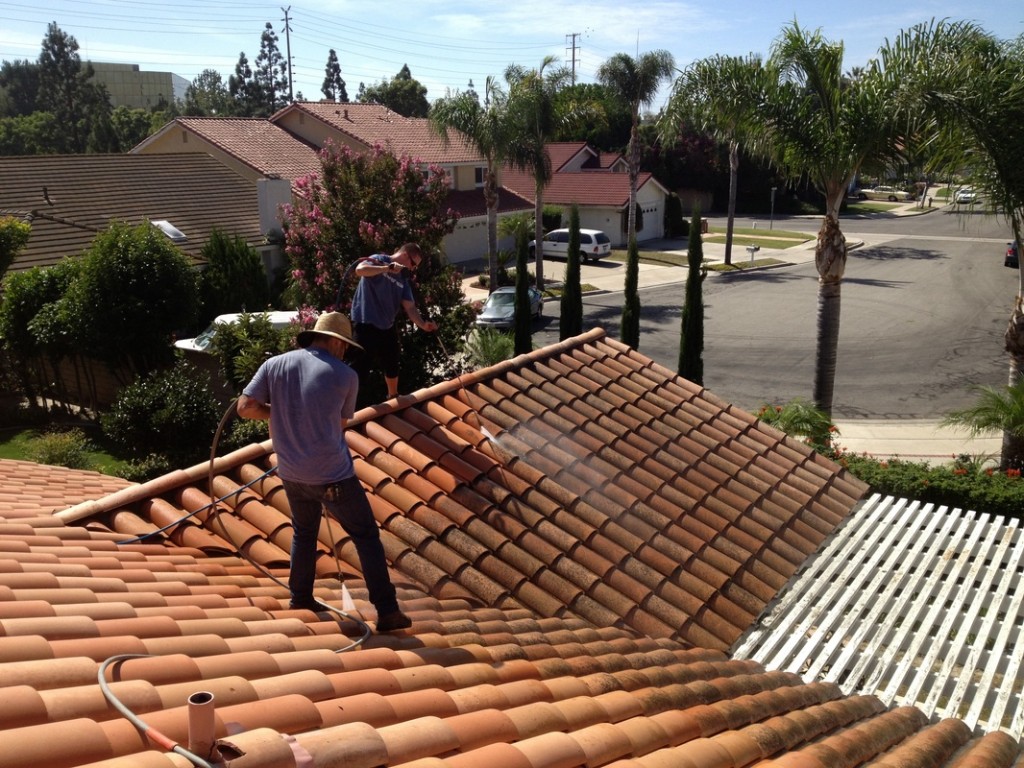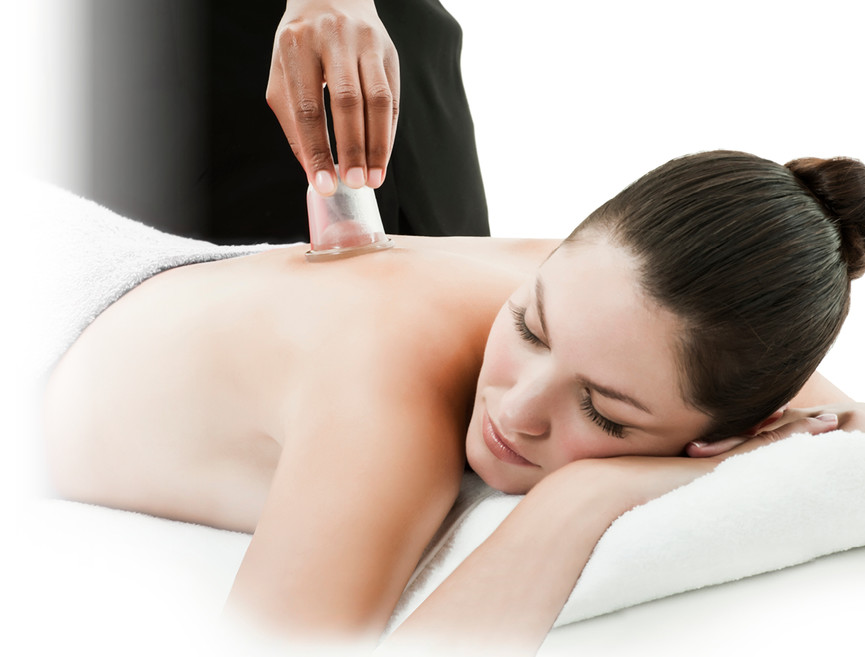Maintaining the integrity of your roof requires year-round attention, with each season presenting unique challenges that can impact its condition. From the thawing effects of spring to the icy grip of winter, understanding how to care for your roof throughout the year is essential. This blog breaks down roof cleaning and maintenance into seasonal tasks, providing specific cleaning tips and precautions for each season, along with expert advice to guide you through the process.
Spring: Assess and Address Winter Damage
- Inspection: Begin with a thorough inspection to identify any damage from winter storms, such as missing or lifted shingles, which can leave your roof vulnerable to water intrusion.
- Cleaning: Clear away debris accumulated over the winter months from your gutters and roof surface. This includes branches, leaves, and any other materials that can block water flow and lead to moisture accumulation.
- Moss and Algae Treatment: Spring is the perfect time to treat any moss or algae growth that occurred during the damp winter months. Using gentle, eco-friendly solutions can prevent further damage to your roofing materials.
Summer: Prevent Heat and UV Damage
- Ventilation: Ensure your attic is well-ventilated to reduce heat buildup that can prematurely age your roof.
- Debris Removal: Regularly remove debris, such as leaves and twigs, which can trap heat on your roof and increase the temperature of your home.
- Reflective Coatings: Consider applying reflective coatings to protect your roof from UV rays and help keep your home cooler, reducing energy costs.
Autumn: Preparing for the Cold
- Gutter Cleaning: Clean your gutters and downspouts to ensure proper drainage during rainstorms and prevent water from backing up onto your roof.
- Trim Trees: Trim any branches hanging close to or over your roof to reduce leaf accumulation and the risk of damage from falling limbs.
- Final Inspection: Conduct a final comprehensive inspection to ensure your roof is in good condition before the onset of winter. Look for cracks, wear, and any signs of deterioration that could be exacerbated by freezing temperatures.

Winter: Monitoring and Immediate Action
- Snow Removal: Keep an eye on snow accumulation, and gently remove snow from your roof after heavy storms to prevent excessive weight and potential structural damage.
- Ice Dam Prevention: Ensure your attic insulation and ventilation are up to par to prevent uneven roof temperatures that can lead to ice dams, which cause water to back up under shingles and potentially lead to leaks.
Expert Advice on seasonal roof cleaning
Clint Smith from Just Clean Property Care shares, “Each season brings specific challenges that can affect the health of your roof. Proactive maintenance is key. In spring and summer, focus on prevention and repairs. Come fall, prepare your roof for the colder months. And in winter, be vigilant about snow and ice. Seasonal maintenance not only extends the life of your roof but also prevents costly repairs down the line.”
Conclusion
Seasonal roof maintenance is essential for preserving the longevity and functionality of your roof. By following these season-specific cleaning tips and watching out for common issues, you can ensure your roof remains in top condition year-round. Remember, preventive care is the most effective way to protect your investment and avoid the high costs associated with major repairs or replacement.



